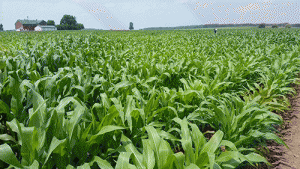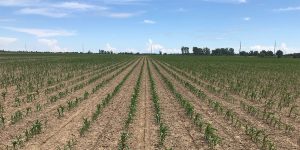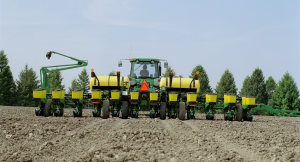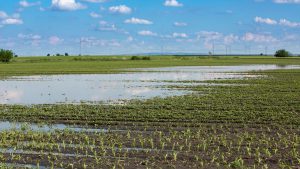A big impact
a CONTRIBUTION OF $18 BILLION TO THE ECONOMY

IN 2018, THE Ontario grain and oilseed industry contributed $18 billion to the Ontario economy, employed 75,000 people and paid $6.2 billion of taxes to governments.
Agricultural production in Ontario is big, it’s growing, and is seemingly underappreciated for the impact that it has. For perspective, while the Canadian economy has averaged just above two per cent growth in the past six years, Ontario agriculture has been consistently churning along at above three per cent per year.
The Ontario grain and oilseed sector is a major part of that success. Few people would likely guess that Ontario’s grain and oilseed sector is bigger than all of supply management combined. It is the largest contributor of all the commodities and even though grain prices have slumped these past four years it has continued to grow.
THE ECONOMIC IMPACT
In 2019, Grain Farmers of Ontario commissioned a study to determine the economic footprint of the Ontario grain and oilseed sector.
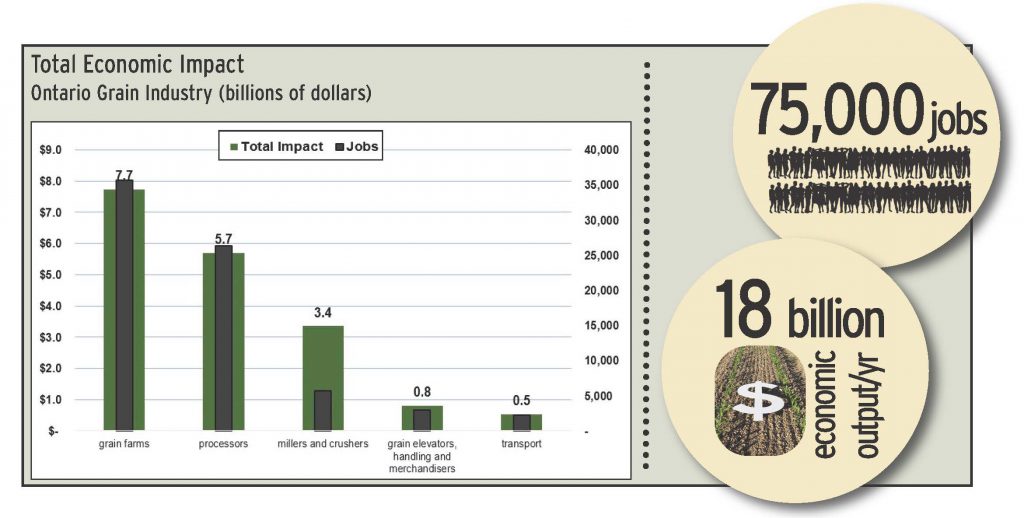
The study from Doyletech Corporation, recognized that the economic benefits derived from grain and oilseed farms to the Ontario economy reaches far beyond the economics of individual farmers growing crops on their land. The grains and oilseeds grown on farms in Ontario are the foundation for multiple industries that provide employment for a diverse labour force. This includes transporters, grain merchandisers, millers, crushers, and processors.
The study found that the economic impact of the Ontario grain and oilseed industry was $18 billion, with $7.7 billion being attributed to grain farmers’ activities. Of the 75,000 people employed, 37,700 were related to on farm grain production. And of the $6.2 billion of taxes paid to governments in 2018 by farmers, $701 million was paid to municipal governments, $2.75 billion to the province and $2.93 billion to the federal government.
The charts below show the breakdown of the contributions from the various components of the grain industry.
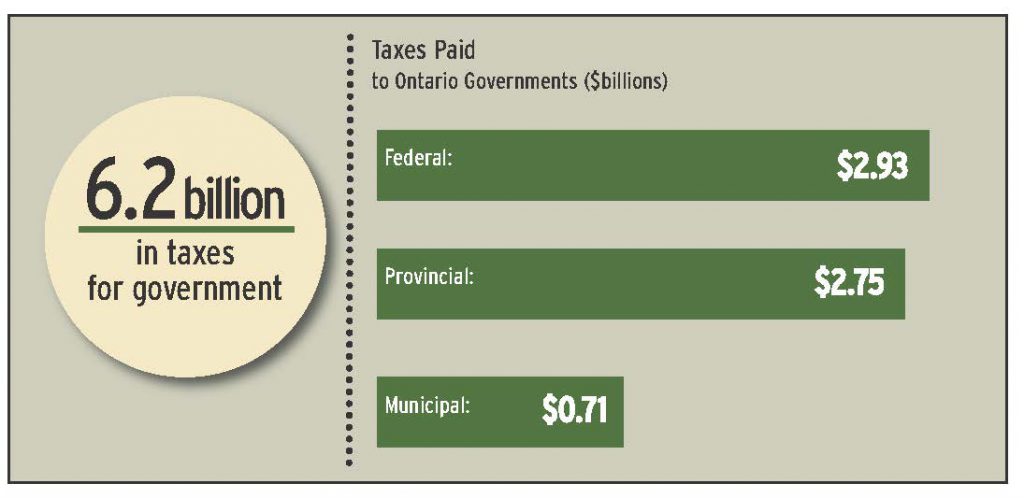
EVERYTHING IS NOT ROSY
Despite these positive numbers and the past success of the industry there are serious concerns within the grain and oilseed sector about its ability to maintain this growth rate. And these concerns are growing.
Ontario grain and oilseed farmers find themselves facing three critical issues: low prices created by trade disruption and uncertainty; rapidly rising costs; and ineffective business risk management programs at a time when they are most needed.
Unfortunately, these issues have resulted in negative returns for many farmers, particularly soybean growers. In September 2019, Grain Farmers of Ontario commissioned a study which determined that soybean growers were facing a net loss of $47 per acre. This loss has fluctuated since September from a loss of $25 to $65 as prices have fluctuated.
These losses have been caused by low prices, higher costs, and substandard production. The U.S.-China trade war has created a sustained downward pressure on Ontario soybeans prices. Operating costs for soybeans, after trending down slightly for three years, suddenly jumped by 13 per cent in 2019 — and this is before factoring the impact of the carbon tax. Corn expenses jumped 7.5 per cent. And finally, these issues were compounded by the below average yields that a majority of farmers saw in 2019.
Grain and oilseed farmers are concerned about both the short term and long term future. When farmers experience losses, it usually means a decline in business equity. And that has real life consequences, none of which are good. Short term operating capital can become tight, making the management of the 2020 crop more challenging. Of more concern is the long term effect.
LONG TERM
Canadian industry perennially suffers from low productivity. In contrast, grain and oilseed farming is highly productive. Some estimates would say two or three times the average. This productivity is driven by the large investments that farmers make in their businesses. As losses mount, or even as business confidence wains, farmers will either be forced to decrease or will be reluctant to increase investment at levels needed to maintain and increase productivity. This is not only unfortunate for the individual farm business, it is bad for the entire Ontario economy.
In a 2017 report from the Federal Government’s Advisory Council on Economic Growth chaired by Dominic Barton, Canada’s current ambassador to China, the council stated that “enabling the sector to move up to 2nd place in agriculture and to 5th place in AgriFood exports would imply an additional U.S. $30 billion in exports in today’s distribution of global export shares, equivalent to nearly two per cent of current GDP.”
Ontario’s grain and oilseed industry is completely on board with this vision and wants to help the government reach that goal. At the same time, grain and oilseed farmers have been working hard to make sure that the government knows and understands the issues they are facing. We hope they are listening.
Rob Gamble is the chief economist for Grain Farmers of Ontario. •























